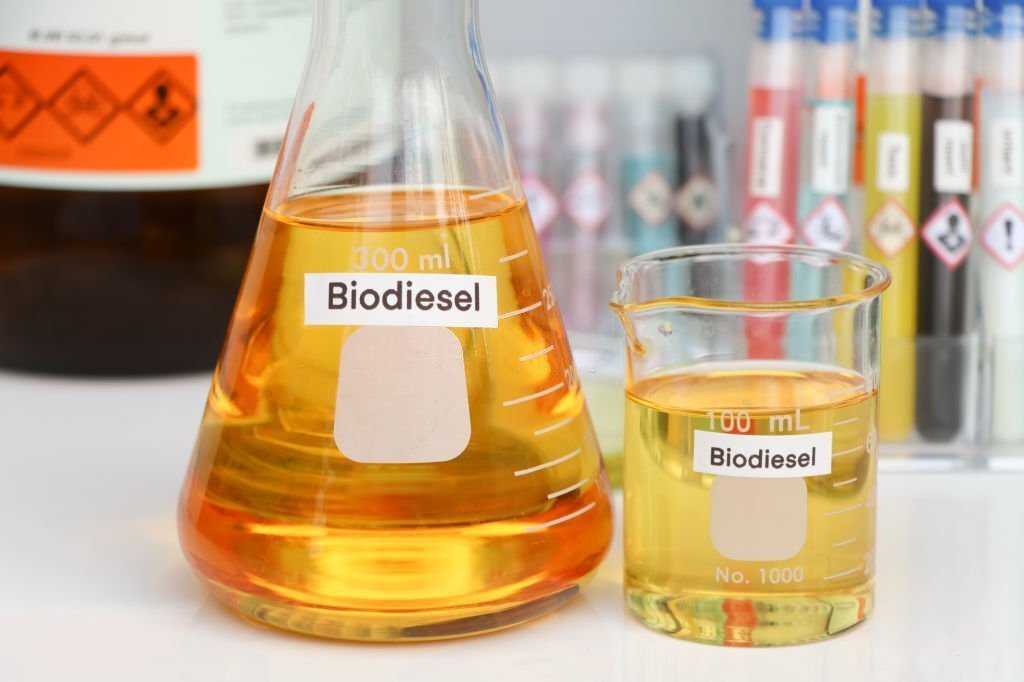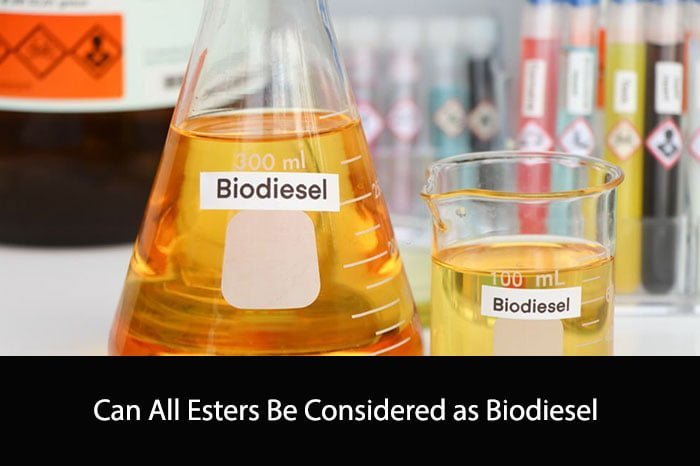In the world of renewable fuels, biodiesel has gained significant attention for its potential to reduce greenhouse gas emissions and dependence on fossil fuels. One key component of biodiesel is esters, which are derived from vegetable oils or animal fats. But can all esters be considered as biodiesel? In this article, we will explore the characteristics of esters and their suitability as biodiesel.

Understanding Esters and Biodiesel
Esters are compounds formed by the reaction of an alcohol with an acid. In the context of biodiesel, esters are typically derived from long-chain fatty acids found in vegetable oils or animal fats. These esters, known as fatty acid methyl esters (FAME), are the main components of biodiesel.
Biodiesel, on the other hand, is a renewable fuel that can be used as a substitute for or blended with petroleum diesel. It is produced through a process called transesterification, wherein vegetable oils or animal fats are chemically reacted with an alcohol, usually methanol, in the presence of a catalyst. This reaction results in the formation of esters, which make up the biodiesel.
The Role of Esters in Biodiesel
Esters play a crucial role in biodiesel as they are responsible for its desirable properties. Biodiesel derived from esters has a higher cetane number, which indicates better ignition quality, compared to petroleum diesel. This enhances the combustion efficiency of biodiesel, leading to lower emissions of pollutants such as particulate matter and carbon monoxide.
Moreover, esters have a lower sulfur content compared to petroleum diesel, resulting in reduced sulfur oxide emissions. This makes biodiesel a cleaner alternative for the environment. Additionally, esters have good lubricating properties, which can help reduce wear and tear on engines.
Can All Esters Be Considered as Biodiesel?
While esters derived from vegetable oils or animal fats are commonly used in biodiesel production, not all esters can be considered as biodiesel. To be classified as biodiesel, esters must meet certain specifications and standards. These specifications include parameters such as ester content, acidity, moisture content, and flash point.
The most commonly used ester in biodiesel production is fatty acid methyl ester (FAME), which is derived from vegetable oils or animal fats through transesterification. FAME meets the necessary specifications and is approved for use as biodiesel by regulatory bodies.
However, other esters, such as ethyl esters (FAEE) or propyl esters (FAPE), can also be used as biodiesel. These esters have similar properties to FAME but may require additional modifications to meet the required specifications.
Examples of Esters Used in Biodiesel Production
There are several examples of esters used in biodiesel production. One such example is methyl oleate, which is derived from oleic acid found in vegetable oils. Methyl oleate has been extensively studied and has shown promising results as a biodiesel component.
Another example is ethyl linoleate, which is derived from linoleic acid. Ethyl linoleate has good cold flow properties and can improve the low-temperature performance of biodiesel. This makes it suitable for regions with colder climates.
Other esters used in biodiesel production include butyl esters, propyl esters, and isobutyl esters. These esters offer different properties and can be tailored to meet specific requirements.
Challenges and Considerations
While esters have proven to be effective components of biodiesel, there are challenges and considerations that need to be taken into account. One challenge is the availability of feedstock for ester production. Vegetable oils and animal fats are the primary sources of esters, and their availability and cost can vary.
Furthermore, the use of certain esters in biodiesel may require modifications to the fuel infrastructure. For example, some esters have higher viscosity than petroleum diesel and may require modifications to fuel filters and storage tanks.
Conclusion
In conclusion, not all esters can be considered as biodiesel. Biodiesel is primarily made up of fatty acid methyl esters (FAME) derived from vegetable oils or animal fats. These esters meet the necessary specifications and standards to be classified as biodiesel. However, other esters such as ethyl esters or propyl esters can also be used with additional modifications. Esters play a vital role in biodiesel, providing desirable properties such as better ignition quality, lower emissions, and lubrication. As the demand for renewable fuels continues to grow, the use of esters in biodiesel production will play a significant role in achieving a more sustainable future.

